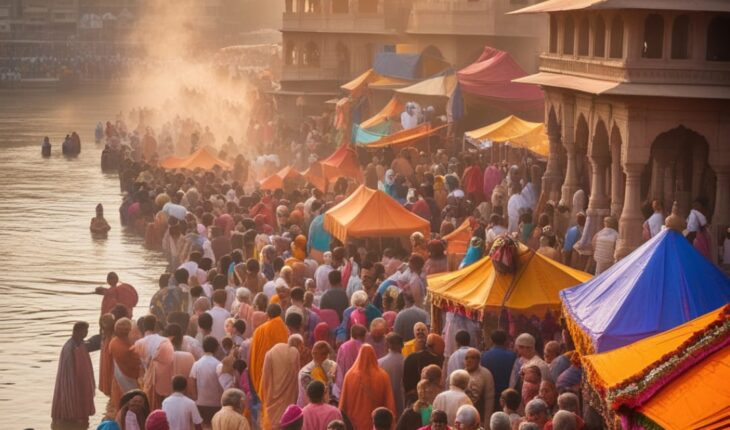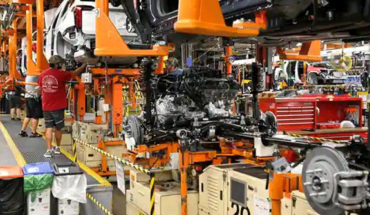The tragic events at the Maha Kumbh and the escalating pollution of our rivers are symptomatic of broader systemic issues. Addressing these challenges requires a proactive and multifaceted approach.

The recent tragedy at the Maha Kumbh Mela in Prayagraj, where a stampede on Mauni Amavasya led to the loss of numerous lives and injuries to many others, serves as a stark reminder of the perils associated with managing massive gatherings. Despite old incidents, such as the 2013 stampede at the same event, lessons have not been fully internalized. The recurrence of such tragedies underscores the urgent need for a comprehensive reevaluation of crowd management strategies at large-scale events.
The exponential growth of India’s population amplifies the challenges inherent in organizing events that attract millions. While the spiritual significance of the Kumbh Mela is undeniable, the safety of the devotees must be paramount. Proactive measures are essential to prevent such mishaps. Implementing crowd control mechanisms, such as restricting the number of pilgrims allowed in specific areas at any given time, can mitigate the risk of overcrowding. Drawing parallels to the Chardham Yatra, where the number of visitors is regulated, similar strategies could be employed to ensure the safety of attendees at the Kumbh Mela.
In the aftermath of the recent stampede, the state government’s decision to designate the Kumbh Kshetra as a vehicle-free zone, ban external vehicles from entering the city, and revoke VIP passes are commendable steps. However, these measures would have been more effective if implemented proactively rather than reactively. The Mahakumbh administration’s forward-thinking approach is crucial to preventing future tragedies.
Water Pollution: Concurrently, the issue of river pollution, particularly in the Yamuna, has come to the forefront. Recent political debates have highlighted the alarming levels of contaminants in the river in Delhi, with accusations being exchanged between state governments regarding the source of the pollution. The presence of toxic foam and pollutants poses severe health risks to residents and devotees alike. The situation is exacerbated during festival seasons when rituals involve direct contact with the river water.
The central and state governments must prioritize the cleanliness and purity of our rivers. The Yamuna River, for instance, has been reported to contain ammonia levels six times above the normal, rendering the water hazardous for consumption and ritualistic purposes. This not only endangers human health but also threatens the ecological balance. Neglecting such critical issues, often overshadowed by political agendas, is a disservice to the populace.
Environmental conservation is not merely a policy agenda but a necessity for human survival. Degradation of air quality, water resources, and forest cover directly affects public health and biodiversity. Political leaders must transcend partisan politics and collaborate on sustainable solutions. Public awareness campaigns, stringent enforcement of environmental regulations, and adopting sustainable practices are essential steps in this direction.
Air Pollution: As winter descends upon Delhi NCR, the region becomes engulfed in a thick blanket of toxic smog, turning the air into a hazardous mix of pollutants. Every year, the Air Quality Index (AQI) plunges to ‘severe’ levels, causing respiratory ailments, eye irritation, and a spike in hospital visits due to lung and heart complications. The primary culprits remain unchanged: stubble burning in neighboring states, vehicular emissions, industrial pollution, and adverse weather conditions that trap pollutants near the ground.
Despite repeated emergency measures, the problem persists. Temporary solutions fail to address the root cause, leading to a recurring public health crisis. The Graded Response Action Plan (GRAP) activates restrictions at different pollution levels, but without long-term policy and strict enforcement, these measures are merely reactive. The tragic events at the Maha Kumbh and the escalating pollution of our rivers are symptomatic of broader systemic issues. Addressing these challenges requires a multifaceted approach encompassing proactive governance, environmental stewardship, and public engagement.
The writer is a senior journalist and columnist. Views are personal. X @narvijayyadav





